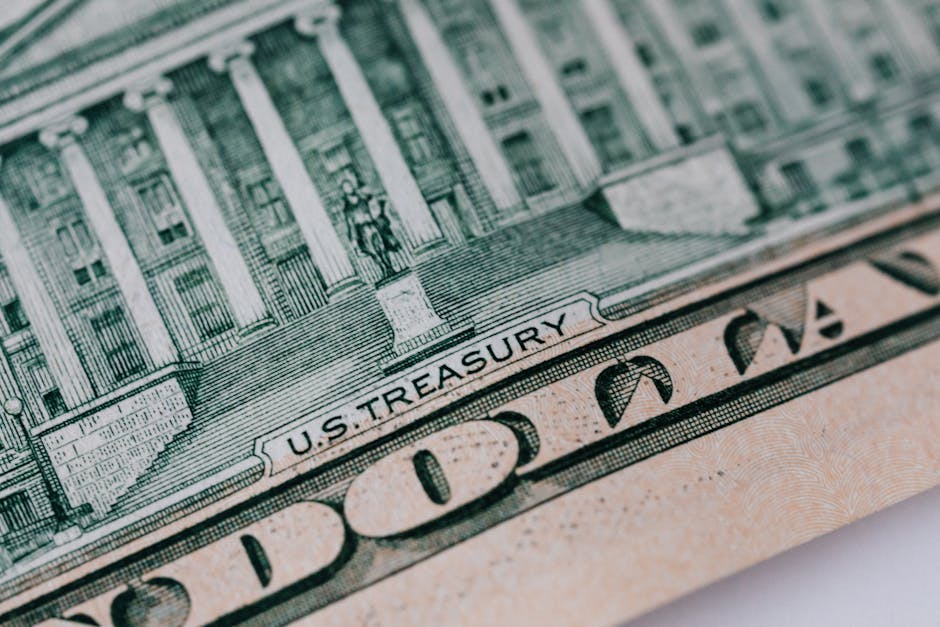Rupee Hits New Low in Early Trade
Mumbai: The Indian Rupee continued its downward trajectory on Tuesday, weakening by 18 paise to a fresh low of 88.66 against the U.S. dollar in early trade. The slide reflects a combination of persistent global headwinds and domestic pressures, putting the currency on the back foot as forex markets opened.
At the interbank foreign exchange, the rupee opened weakly at 88.59 before losing more ground to quote at 88.66, marking a depreciation of 18 paise from its previous close of 88.48. This move has market participants and policymakers on high alert as the currency inches closer to the psychological mark of 89 against the dollar.
Why is the Rupee Falling Against the Dollar?
The current rupee depreciation isn’t caused by a single factor, but rather a perfect storm of global and domestic economic pressures. The primary drivers include:
-
Relentless U.S. Dollar Strength: The main culprit is the formidable strength of the U.S. dollar. The Dollar Index (DXY), which measures the greenback’s value against a basket of six major currencies, continues to trade near multi-decade highs. This is largely fuelled by the U.S. Federal Reserve’s aggressive monetary tightening to combat soaring inflation, making the dollar a safe-haven asset for global investors.
-
Sustained Foreign Capital Outflow: Foreign Portfolio Investors (FPIs) have been net sellers in the Indian equity markets for several consecutive sessions. This exodus of capital increases the demand for U.S. dollars, thereby weakening the rupee. This risk-averse sentiment is a global phenomenon, with investors flocking to dollar-denominated assets amid fears of a global recession.
-
Volatile Crude Oil Prices: As a major importer of crude oil, India’s currency is highly sensitive to global energy prices. While prices have eased from their peaks, they remain at elevated levels. Since India imports over 85% of its oil requirements, higher prices lead to a greater demand for U.S. dollars for payment, putting downward pressure on the rupee.
How a Weaker Rupee Impacts You
A weakening rupee is more than just a financial market headline; it has tangible consequences for the average citizen. The most immediate impact is on the country’s import bill, making everything from crude oil and electronics to edible oils more expensive.
This higher import cost often translates directly to:
* Higher Fuel Prices: Increased costs at the petrol pump.
* Rising Inflation: Companies may pass on the increased cost of imported raw materials to consumers.
* Costlier Foreign Education & Travel: Students planning to study abroad and international tourists will find their expenses have increased in rupee terms.
A Silver Lining for Exporters
However, it’s not all bad news. A weaker rupee is a significant boon for India’s export-oriented sectors. Companies in the IT, pharmaceutical, and textile industries that earn revenues in dollars will see their earnings and profit margins improve when converted back into rupees.
RBI Intervention and the Road Ahead
All eyes are now on the Reserve Bank of India (RBI). The central bank has been actively intervening in the forex market to curb excessive volatility, using its foreign exchange reserves to support the rupee. The market is keenly watching the RBI’s next move as it performs a delicate balancing act between managing the currency’s value and preserving its reserves.
Analysts predict continued volatility for the USD to INR exchange rate as global economic uncertainty, geopolitical tensions, and aggressive central bank policies continue to dominate the financial landscape.




